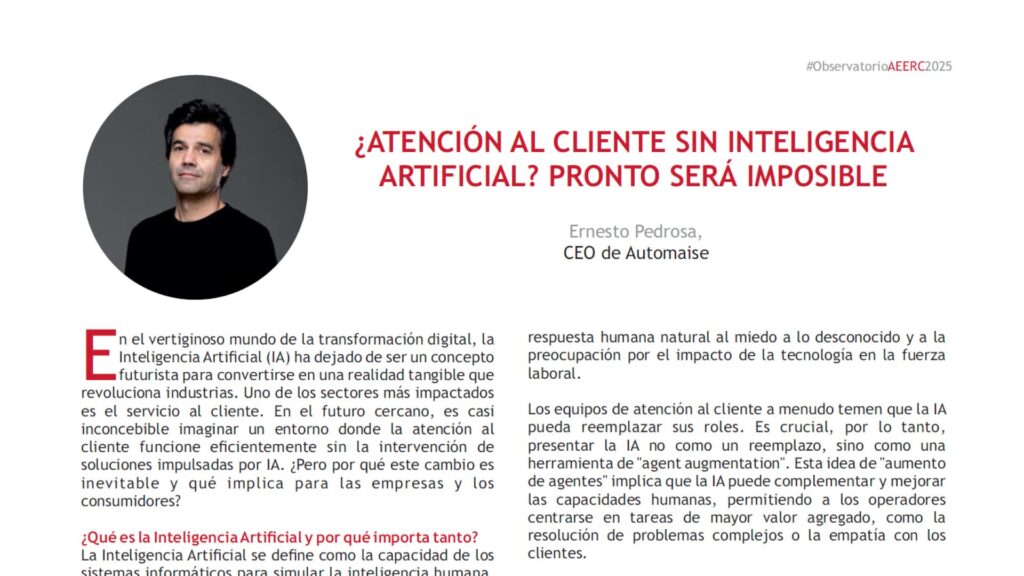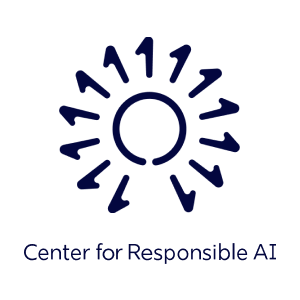As businesses increasingly turn to Artificial Intelligence (AI) to automate and enhance their customer service operations, one technology that has gained significant attention is the Generative Pre-trained Transformer (GPT). GPT is a type of deep learning algorithm that can generate human-like text based on the input it receives.
However, like any technology, there are certain DOs and DON’Ts to keep in mind when using GPT for customer service.
Suppose you’re thinking about implementing GPT Technology or other forms of Generative AI to enhance your customer service operations. In that case, it’s important to consider both the advantages and disadvantages in order to ensure that you can effectively manage the outcome and create a meaningful positive impact.
What GPT CAN DO for Customer Service Operations?
Here are the DOs – key areas where GPT can help address challenges within your organization:
Assist support agents looking for context information: GPT can help customer support agents access relevant information and context about a customer’s history and previous interactions, which can help them provide more personalized and accurate responses.
Help agents address struggles with knowledge management: GPT can help organizations improve their knowledge management processes by automatically generating articles and responses based on previous interactions.
Assist agents performing workflows across platforms, especially in enterprise organizations: GPT can automate repetitive tasks and assist agents in managing workflows across different platforms and systems, improving efficiency and accuracy.
Assist agents with reporting and summarizing their interactions with customers: GPT can help agents to automatically generate reports and summaries of their interactions with customers, providing valuable insights into customer sentiment, common issues, and potential areas for improvement.
In What Areas Should You NOT Use GPT?
Here are the DON’Ts – areas where GPT should not be used for customer service:
The data processed is deemed public and therefore is NOT data/security compliant: GPT should not be used to handle sensitive customer data or comply with data security regulations, as the data processed is considered public.
If implemented as a standalone technology, it can’t provide solutions to customer-specific problems: GPT is not a replacement for human customer service agents, and should not be used as a standalone solution for complex or specific customer issues that require a more personalized and tailored approach.
Handle transactional business-specific matters: GPT is designed to predict the next word in a sequence of words, given the context of the previous words, GPT systems are not capable of navigating a script/flow of data gathering questions, doing data validation, invoking APIs, etc.
Hallucination – AI generates each next word based on a sequence of previous words causing a cascade of possible hallucinations. One potential drawback of GPT is that it can generate irrelevant or nonsensical responses as the response grows longer, which can negatively impact the customer experience and damage customer trust.
In conclusion, GPT can be a valuable tool for enhancing customer service operations, but it should be used appropriately and in combination with human agents to provide a personalized and effective customer service experience. Organizations should carefully consider the DOs and DON’Ts of using GPT for customer service and evaluate whether the technology is the right fit for their specific needs and requirements.





